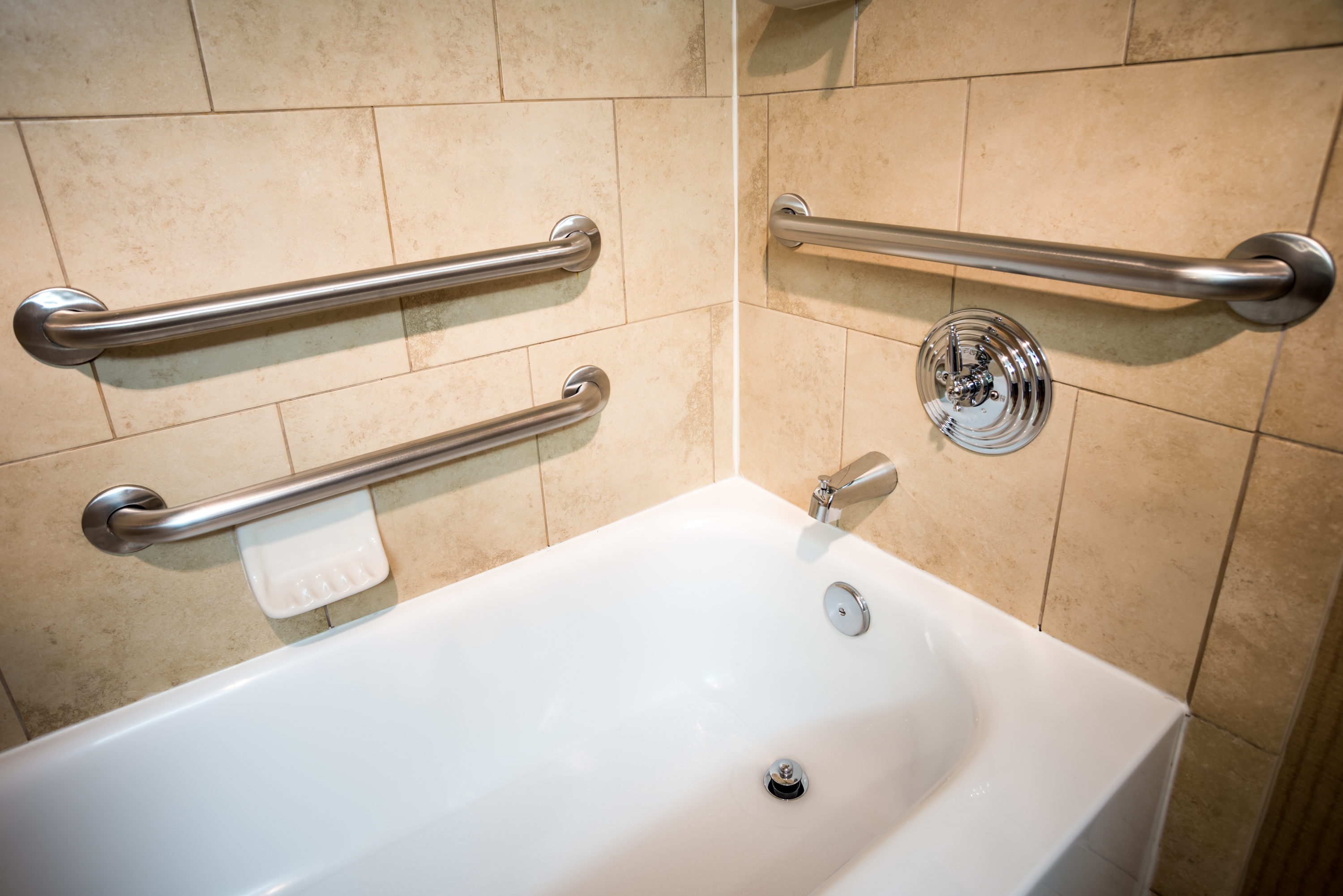
About a third of stroke survivors are permanently disabled after their stroke.And even if a stroke doesnt result in long-term disability, it can still significantly impact your loved ones ability to get around their home and perform routine tasks.After your loved one suffers from a stroke, its important to evaluate their care environment whether that is at their own home or with you and address any obstacles or potential hazards.
By preparing the home while your loved one is in the hospital, you can help ensure a smooth transition from hospital to home.Here are some of the best tips for adapting your home to a stroke survivor.1.Install Grab BarsOne of the first things you should do is install grab bars in your home in places that your loved one might need support, including next to the toilet and shower.
Grab bars are simple safety devices that are secured into the wall.Seniors can grab them for support as they lift themselves up or transfer from one surface to another.Grab bars provide stability and can significantly reduce your loved ones risk of falls after a stroke.If your loved one is unable to walk on their own or requires more support, you may want to consider other bathroom modifications, like a shower chair, transfer mat, or other assistive devices.
Check out our post on bathroom renovations for more ideas on making your bathroom safe for your senior.2.Reorganize the KitchenAfter a senior has a stroke, they may have a more limited range of motion or decreased strength.This side effect can make it difficult for them to reach spices and food in the pantry or even to get out appliances.
As they reach for items on high shelves, seniors may also knock items off, potentially causing injury.You may need to rearrange the kitchen to make it more user friendly for your loved one.Start by putting food staples on shelves that are easiest to reach.Then do the same with dishes and appliances.
Clean out the refrigerator and make sure that food is placed on lower shelves.(You might also want to take this opportunity to throw out any old food or put clearer labels on food products that might expire soon.)Of course, when your loved one returns home, you will need to help them learn where everything is.While reorganization might take some getting used to, it can help keep your loved one much safer.3.
Make the Closet More AccessibleMost people have a closet and/or dresser full of their clothes and accessories.If your loved one suffers from a disability after a stroke, it could be difficult for them to get their clothes out or to put them away the way they used to.However, their ability to get dressed on their own is a major piece of their independence.Help your loved one feel more empowered by making the closet more accessible.
You may need to remove the closet doors and lower the hanging rod.You might also need to switch out the dresser for one that has easy-glide drawers or baskets, which will be easier for your loved one to manage on their own.4.Remove ObstaclesIf your loved one has weakness on one side of their body, it could be hard for them to walk evenly on both feet.
As a result, they may shuffle or drag one of their feet, making it particularly difficult to navigate through obstacles or uneven surfaces.Walk through your home and look for any clutter that needs to be removed.Evaluate walkways and see if there is enough clearance for your loved one.If not, you may need to rearrange some furniture to make room.
You should also remove rugs or make sure they are non-skid and firmly secured they can quickly become tripping hazards.5.Build a RampIf your home has stairs to a front or back porch, consider installing a ramp before your loved one comes home from the hospital or long-term rehabilitation center.This ramp can help them get in to and out of the home on their own instead of having to rely on others for help.Of course, if there are stairs within the home, you may need to install a lift to help your loved one access other areas of the home.
Or, you can move all of their necessities to ground level so they dont need to go up or down the stairs.6.Check the Height of the BedBed height can impact whether your loved one can get in and out of bed on their own.If the bed is too tall, they may struggle to get up or even fall down while trying.
If the bed is too low, a senior may struggle to get out of their bed in the morning and put unnecessary strain on their knees and muscles.The best bed height for a senior is where their feet can comfortably reach the floor without their knees being extended over the thigh.So, if the bed is too high, you may need a new mattress or a new bed frame.If the bed is too low, buy some risers to raise the frame to optimal height.
You could also look into purchasing an adjustable bed or a hospital bed that can be lowered and raised as needed.We know that bringing home a senior after theyve suffered a stroke can be daunting.There are many accommodations to consider along with the health of your loved one.If you feel overwhelmed, know that help is just a call away.
At Caring Senior Service, we have caregivers who are specially trained to support stroke survivors.We also have a comprehensive Home Safety Assessment that can help you identify other areas in the home that could pose danger to your recovering loved one.So, reach out to our team today so we can help make the transition from hospital to home a bit easier for your family.
Disclaimer: This story is auto-aggregated by a computer program and has not been created or edited by Senior Savings Deals.
Publisher: Caring Senior Service ( Read More )
Publisher: Caring Senior Service ( Read More )

